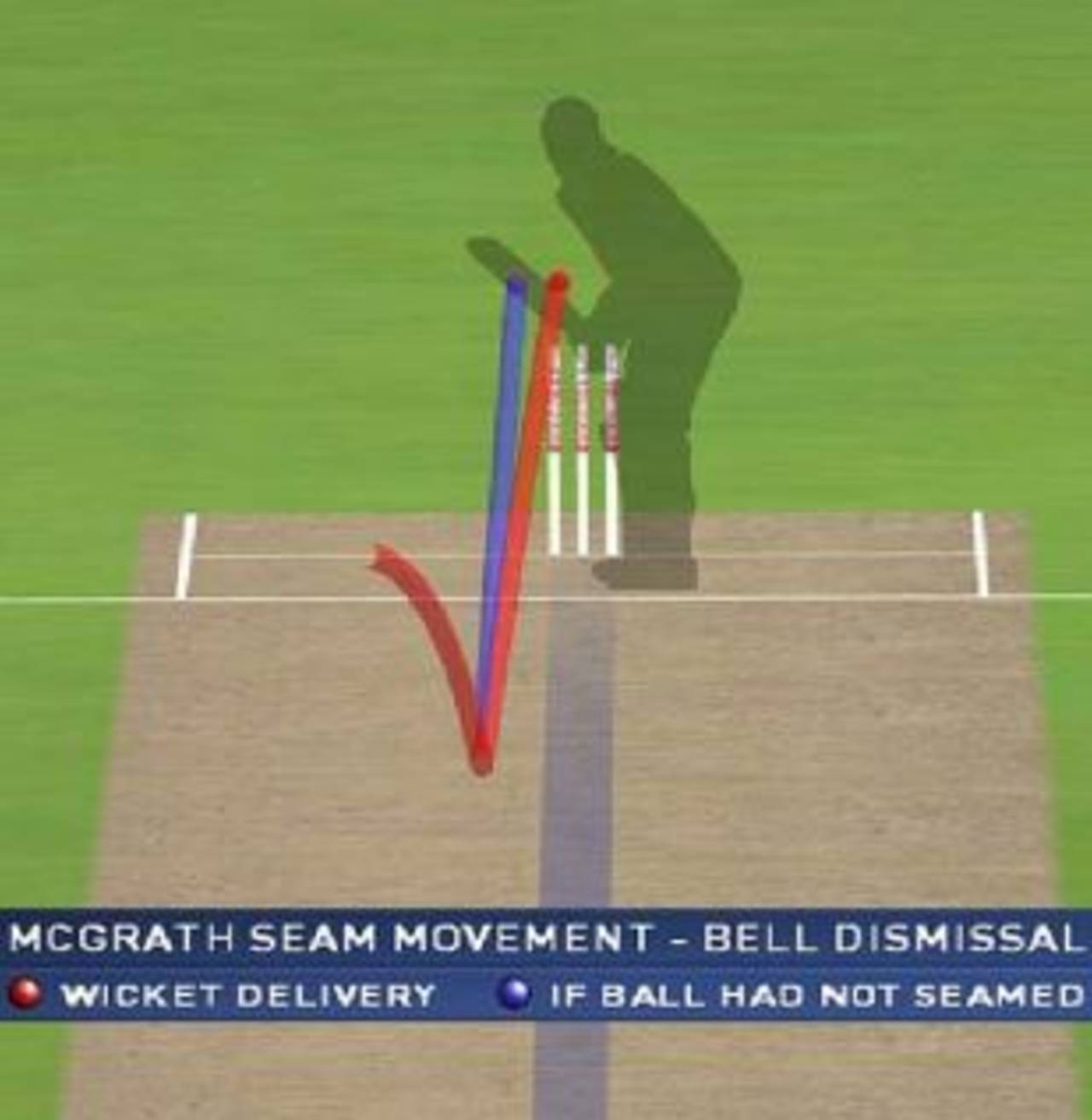I don't know about you but I get the feeling that the DRS is being looked at like it's a Mandela come to save South Africa or a Gandhi come to liberate India; that it is going to change the face of our game, and agreeing or disagreeing is a bit like whether or not you want to go to war to defend your nation. Accordingly the rest of the world is being projected as keepers of the faith and India as the evil nation that wants to drag the game back into the dark ages.
Yes, we want fair decisions, we want to eliminate howlers (which was the original intention, before we took sides and tried to break down the wall) but this game also survived, grew and prospered without the DRS. Other games, bigger than cricket, continue to prosper. It is an interesting element in the game, but it is not bigger than it.
So now we have universal agreement on the Hot Spot and the Snickometer, which is nice, though neither, we are now told, is foolproof. We will have ball-tracking in some series and not in others, and frankly I am not losing sleep over that. If two teams agree to use technology, so be it, and if one of them is sceptical of it, with reason, they must have the right of refusal. If at all there must be unanimity - which happens in an ideal world we don't inhabit - I'd much rather we played without ball-tracking. It's great fun on television, but the game can move along absolutely fine without it.
My view is that we use technology where umpires are handicapped: line calls, where the action is too quick; boundary calls, where the umpire is too far away; little edges here and there that are too fine to notice or hear; and points of landing and impact, where an inch here and there is virtually impossible to detect. And all that can be achieved with Hot Spot, the locked-off line cameras, and the virtual mat from stump to stump.
The mat is an interesting issue, since it is manually generated, and therefore, as some in the BCCI believe, possible to manipulate. In theory they are right, but as a dear producer friend of mine told me, manipulation will be visible. And in any case, there can be no conspiracy, since some outs become not-outs and some not-outs become outs. It is not in anyone's interest to manipulate the mat, because you cannot do it incident by incident.
So I think that is good enough technology, and enough debate for now, for there are far more interesting decisions that a top group of cricket people threw up, and which the ICC accepted.
Moving the Powerplay overs to between 16 and 40 is one of those. The idea behind the Powerplay overs is sound, but the execution was not fulfilling the purpose, which was to make the middle overs interesting. So this is a fine course correction. It forces the captain to think a bit more about his bowling, and the batting order, and adds an interesting variable for the viewer. I will be very interested in seeing how captains react.
The runner was a charming anachronism. The idea behind it was noble, but in an era of increasing athleticism, and with players becoming fitter, it had run its course. And it didn't help that players were known to take advantage of it. But it also means the substitute fielder must go, because that is a provision in the game that is significantly more abused. If a batsman is expected to be fit and to run around, a fielder must too. I think that is now an inevitable change.
But the most far-reaching change of all is the decision to use two new balls, which suggests that like fashion, the old can sometimes become new again. It was used in the early nineties, when there was a fear that it would take the spinner out of the game. But look how times change. The spinners are now pretty adept at bowling with a shiny ball. Indeed, in Twenty20 they often get the new ball, before the faster bowlers. It is now time for the fast bowlers to wonder if they will be denied reverse-swing.
But I see more interesting possibilities. Clever teams might work on one ball more than another, get one to reverse more than the other, and keep switching bowlers around. So you don't only have two halves of the ball that are unlike each other but two balls that need not resemble each other very much either. It is also an admission that you cannot now make a white ball to last 50 overs. So why not pink in course of time? Because one ball, and the consequent wear and tear, just seems right with cricket.
So hopefully when India play in England, the talk will be about cricket and not about hegemony and display of power. For power in the boardroom never takes wickets or scores runs, and that is what our game is all about.
Harsha Bhogle is a commentator, television presenter and writer. His Twitter feed is here
